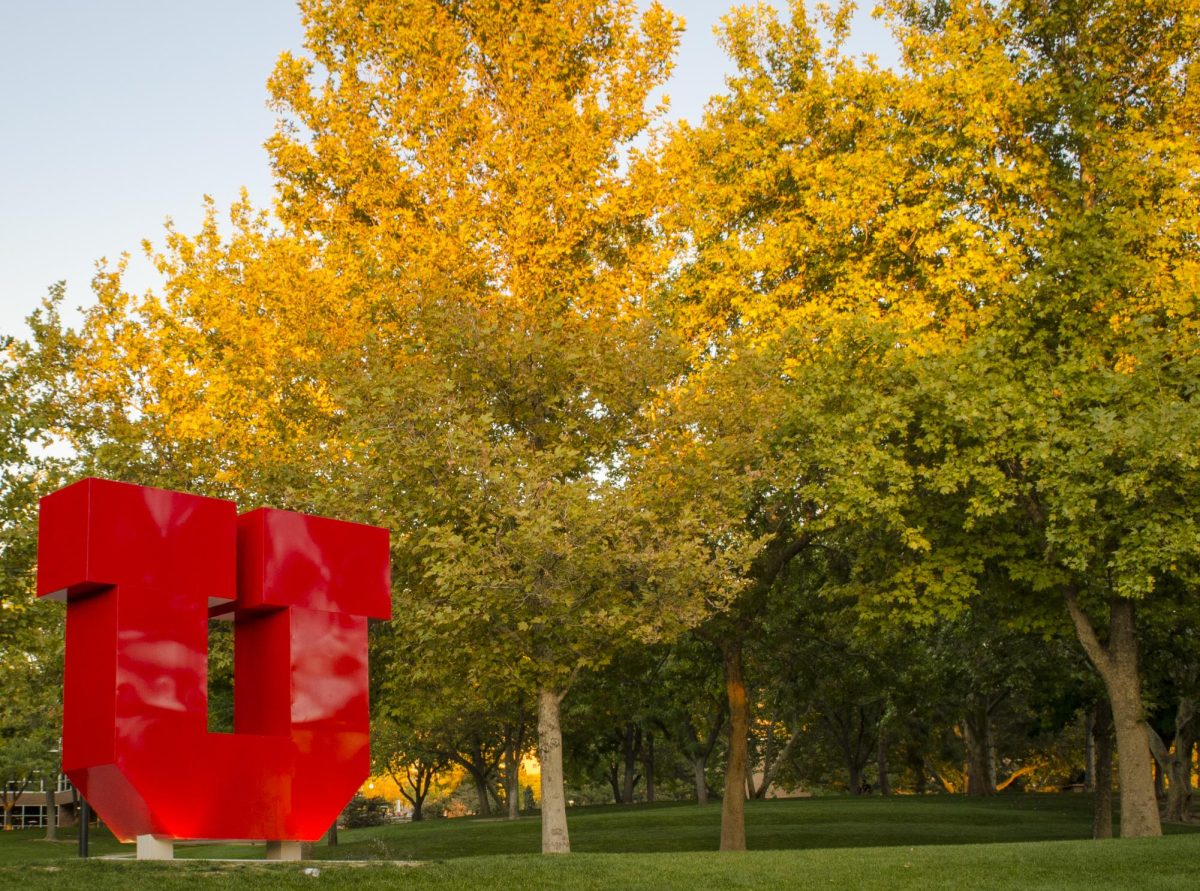In late January, amateur astronomer Patrick Wiggins discovered a supernova in the Ursa Major constellation.
Wiggins found the supernova, now called “SN 2024bch,” in a barred spiral galaxy about 60 million lightyears away. While he stressed this discovery wasn’t a huge deal, “astronomically speaking,” the finding was still rewarding.
“I’m probably one of the few, if not the only person in Utah to be doing this, but it’s still kind of neat to see something that literally no one on the planet has ever seen before,” Wiggins said.
Supernovae are exploding stars that shine through the universe. Depending on the supernova, the explosion can last for a few weeks or months until they are no longer visible.
Wiggins works part-time doing public outreach for the University of Utah’s Department of Physics and Astronomy, where he goes to elementary schools to teach kids about astronomy. But in his spare time, he stargazes in his home observatory.
Wiggins monitors over 300 galaxies. Every clear night, he takes pictures of those galaxies and compares them to images he had taken many years before. When Wiggins thinks he’s found something, he sends it off to the Transient Name Server for confirmation.
“Initially, you don’t believe it because you want to rule out things like maybe a variable star, a minor planet or an asteroid that snuck into frame,” Wiggins said.
Wiggins has also discovered five minor planets, commonly known as asteroids, including one named after the U, called “univofutah.”
In 1994, a comet dubbed Shoemaker-Levy 9 hit Jupiter, which was the first time an impact had been witnessed in our solar system. This inspired NASA to develop programs to watch asteroids to determine the risk of impact on Earth.
The added inspection on asteroids made minor planet discoveries unlikely for amateurs, so Wiggins switched to supernova hunting in 2011 and has since discovered nine supernovae.
While he no longer focuses on discovering asteroids, Wiggins said he volunteers doing “follow up” on findings from large observatories, tracking their orbits to ensure they’re not heading toward Earth.
Wiggins said he became interested in astronomy at an early age when he witnessed Saturn for the first time.
“Believe me, Saturn through a telescope, especially your first time, is just incredible,” he said.
Wiggins was later gifted a “junk” telescope, which limited his interest momentarily.
“It still happens today — you give a kid a junkie telescope, and they lose interest, and that’s pretty much what happened to me,” Wiggins said. “Fast forward several years, and a comet appeared in the sky, and that kinda got me back going again.”
Wiggins then started volunteering at the Salt Lake Astronomical Society in 1975.
In the summer months, the SLAS hosts “Star Parties” at the Stansbury Park Observatory and at Salt Lake County libraries, where they set up telescopes and invite the public to stargaze free of charge.
“When you do science for kids, don’t treat them like they’re in high school … you gotta have fun with it,” Wiggins said. “If you are having fun, there is more chance of learning.”
Wiggins is also a NASA solar system ambassador and received NASA’s Distinguished Public Service Medal in 2014.
“They said it’s the highest award, and I said, ‘No, the highest award would be going to space,'” Wiggins said.













